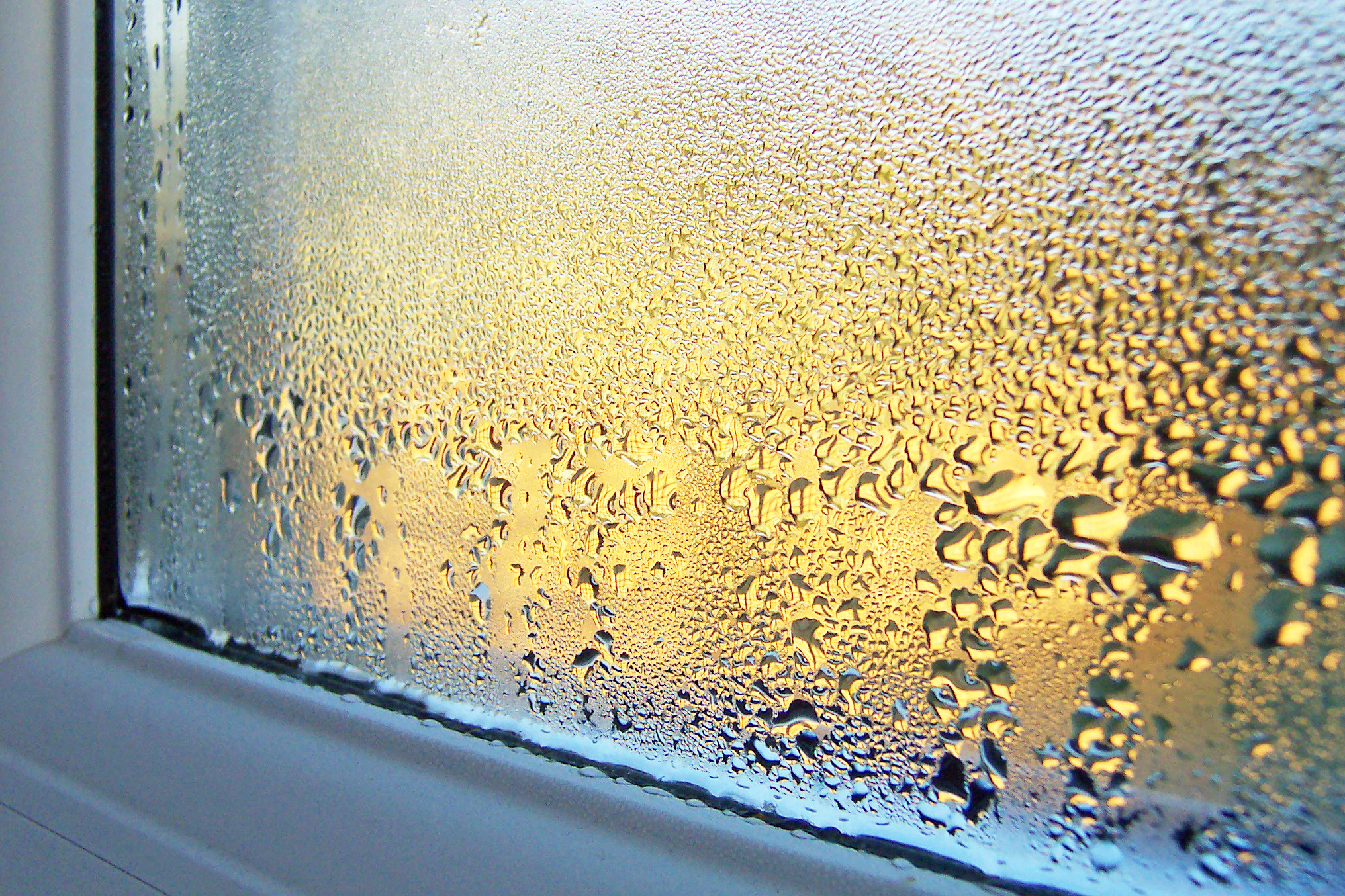Condensation forming on windows can be a symptom of poor insulation, popped gas seals and saturated desiccant within a sealed glass unit. However it can also be as harmless as high levels of humidity inside or outside the home, or a difference in temperature on either side of the glass. In this article we’ll take a look at these causes to help you identify whether or not the condensation on your Brooklyn windows indicates that a repair or replacement is needed.
Condensation on the inside of the glass
Interior condensation most often occurs because of high levels of humidity within the home. This is seldom a cause for concern and is often simply a byproduct of human breathing. However, condensation can cause damage to the frame if it is excessive. Wooden frames are particularly vulnerable to rot and water damage. If this has already occurred because of condensation, replacement frames better adapted to water exposure may be in order. If you are concerned about condensation leading to damage, there are several remedies to this.
Interior storm windows can be installed. Interior storm windows not only provide additional insulation to your home, they also keep condensation to a minimum by keeping a pocket of air between them and your original windows. This creates a more gentle temperature gradation that can prevent condensation from forming. Alternatively, low-e coatings or glazing can be used. Low-e coatings also prevent condensation by providing additional insulation in order to maintain the temperature of the interior surface of the glass.
Condensation on the outside of the glass
Exterior condensation is usually more of a problem in summer when the temperature inside your home is cooler than outside. Humid weather may play a role if the condensation is only occasional. It may also simply be morning dew that will evaporate once the morning warms up. Once again, this kind of condensation is seldom cause for concern unless water damage is a threat.
On the other hand, this may indicate poor insulation. When heat is conducted through the glass, it warms up, making your home hotter in summer and colder in winter as heat is lost. This means higher energy bills. To correct this, a low-e coating can once again be used to provide less heat emissivity. Alternatively, you might want to consider replacing your windows with double pane glass, or have exterior storm windows installed.
Condensation within a pane
There are normally two causes for condensation within a window pane. Unfortunately both require replacing the pane and sometimes the window itself, depending on its design. Double or triple pane glass often relies on a gas (normally argon) sealed between the panes to create insulation. When the seal keeping the gas inside is damaged, the gas escapes, reducing the effectiveness of the insulation. This causes the condensation that you see inside the pane.
In double and triple pane glass that does not rely on an insulating gas, a desiccant is built into the space to soak moisture from the air between the panes. Over time the desiccant becomes saturated and no more moisture can be soaked from the air, causing it to form condensation inside the glass instead. In both cases, replacing the pane becomes necessary and is important in order to maintain your home’s insulation and reduce energy costs.
RELATED: WINDOW REPAIR 101: 3 SIGNS YOUR CAULKING NEEDS TO BE REPLACED


